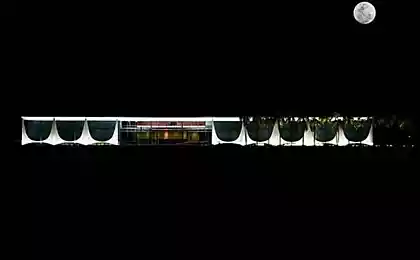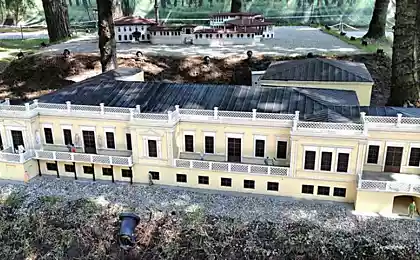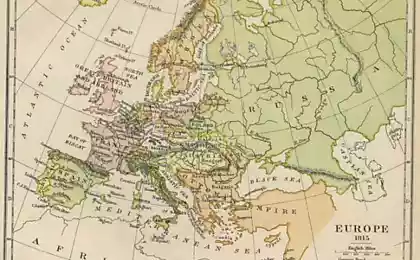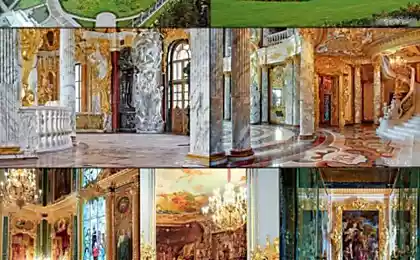492
Khan's Palace in Bakhchisarai
The appearance of the town Bakhchisaray (in translation from the Tatar "Palace in the garden") belongs probably to the beginning of the XVI century the name of the city, no doubt, Khan's Palace — Khan-Sarai, construction and reconstruction of which lasted for centuries. The Palace was built among orchards, or its construction was divided around the garden.
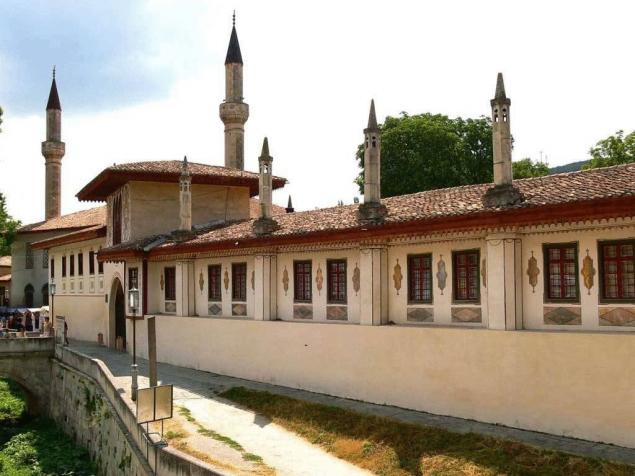
His current area is 4.3 hectares. In the middle ages it was much more. Khan's Palace in Bakhchisarai was built as a patrimonial residence of the Giray dynasty — the rulers of the Crimean khanate. For two and a half centuries (since 1532 till 1783) Bakhchisaray Palace served as the center of political, spiritual and cultural life of the Crimean Tatars state. Not the smaller importance, the Palace has today.
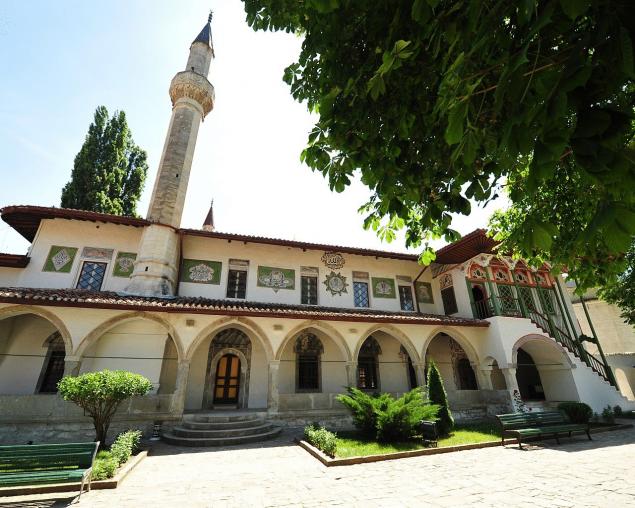
First of all it is the national Shrine of the Crimean Tatar people. It occupies a prominent place in world literary tradition. Bakhchisarai Palace — the most important historical monument of the Crimean khanate, the world's only sample of the Crimean Tatar Palace architecture and unique in Europe (along with the palaces of the Alhambra in Spain and Top-Kapy in European Turkey) the entire Palace complex of the middle East civilization circle.
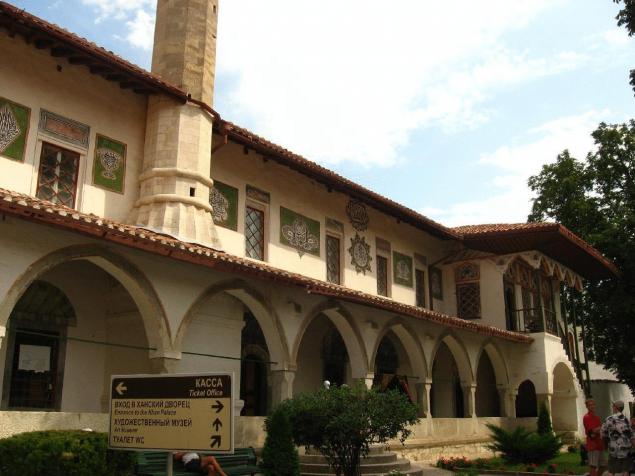
The most famous attraction of the Palace is the "Fountain of tears".It was established in 1764 by the Iranian architect Omer and was installed at Durbe dilara-bikech. Over time, the source feeding the fountain at the old place ran out. The visit to Khan's Palace of Catherine II, the fountain was moved to the Fountain courtyard, where he remains to this day. In the Pool courtyard of the Palace there is a similar fountain. According to legend, dilara was the beloved wife of Giray of Crimea, which was poisoned by a rival.
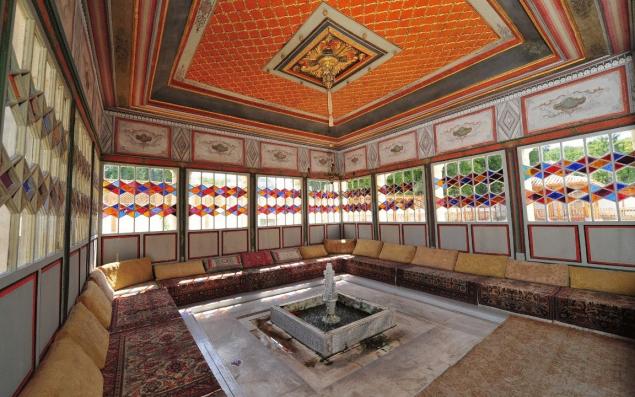
The fountain, created in honor of his wife, was supposed to symbolize the sorrow of the Khan. This legend formed the basis of the poem of Alexander Pushkin "the fountain of Bakhchisarai", through which the fountain became widely known.
Source: /users/117

His current area is 4.3 hectares. In the middle ages it was much more. Khan's Palace in Bakhchisarai was built as a patrimonial residence of the Giray dynasty — the rulers of the Crimean khanate. For two and a half centuries (since 1532 till 1783) Bakhchisaray Palace served as the center of political, spiritual and cultural life of the Crimean Tatars state. Not the smaller importance, the Palace has today.

First of all it is the national Shrine of the Crimean Tatar people. It occupies a prominent place in world literary tradition. Bakhchisarai Palace — the most important historical monument of the Crimean khanate, the world's only sample of the Crimean Tatar Palace architecture and unique in Europe (along with the palaces of the Alhambra in Spain and Top-Kapy in European Turkey) the entire Palace complex of the middle East civilization circle.

The most famous attraction of the Palace is the "Fountain of tears".It was established in 1764 by the Iranian architect Omer and was installed at Durbe dilara-bikech. Over time, the source feeding the fountain at the old place ran out. The visit to Khan's Palace of Catherine II, the fountain was moved to the Fountain courtyard, where he remains to this day. In the Pool courtyard of the Palace there is a similar fountain. According to legend, dilara was the beloved wife of Giray of Crimea, which was poisoned by a rival.

The fountain, created in honor of his wife, was supposed to symbolize the sorrow of the Khan. This legend formed the basis of the poem of Alexander Pushkin "the fountain of Bakhchisarai", through which the fountain became widely known.
Source: /users/117
